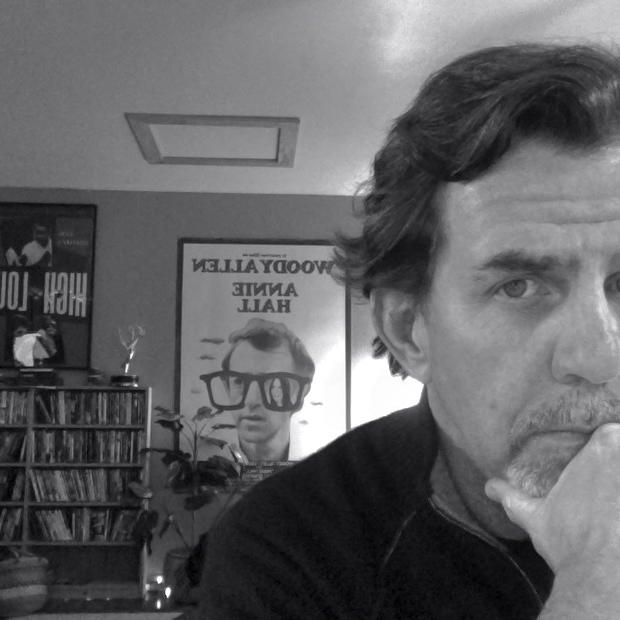I missed Alejandro Jodorowsky’s El Topo when it first showed up on midnight movie screens in the ‘70s. A decade ago, Jodorowsky introduced the film for a special screening at the Chicago Underground Film Festival. After finally getting a chance to see it, I realized it could be viewed as either a surrealist masterpiece or a load of shit, depending on the drug you ingested that night. I happened to be straight, and also distracted by the botched screening of my own documentary at the festival earlier in the week, so perhaps I didn’t have the patience to appreciate “Jodo’s” trippy, outlandish intentions with the movie, nor was I aware of its blockbuster reputation among the bohemian esoterica. But right now, as I write this, I’m awaiting my Netflix delivery of the film, flush with an anticipation ignited by the experience of seeing the documentary Jodorowsky’s Dune, which not only seeks to canonize the director and his offbeat oeuvre, but to explain how the now 85-year old filmmaker came to direct the “greatest movie never made.”
Jodorowsky, riding high in 1975 with European box-office cash and weirdo cred following the runaway success of both El Topo and its sequel,The Holy Mountain, secured the rights to Frank Herbert's science fiction novel “Dune.” Even though he’d never read the book, he began work on the screenplay and storyboards for a film that, at least on paper, had the makings of a one-of-a-kind epic. Jodorowsky’s Dune recounts the genesis of this cinematic near-miss with a lively, visually dazzling design in which Jodorowksy’s commissioned scene drawings spring to animated life. His story treatment brims with the kind of imaginative details, allegorical asides and metaphysical metaphors which have characterized all of his films, unclassifiable phantasmagoric works made by an artist with a Medusa’s head full of original ideas.
He assembled his team of artists and designers Dirty Dozen-style, tracking them down and convincing them they would be working on a once-in-a-lifetime film. H.R Giger, Dan O’Bannon and the French comic book artist Mobieus enthusiastically embraced Jodorowsky’s vision. Meanwhile, the director went about enlisting Mick Jagger, Orson Welles and Salvador Dali to star in the movie, the last two he had to bribe to show up for work.
Despite the doc’s reliance on talking heads and a certain take-it-on-faith attitude toward Jodorowsky’s genius, you can’t help but be hooked by the legendary filmmaker’s still boyish enthusiasm. He takes center stage in the documentary, and he is such a buoyant, inspiring presence he overcomes the narrow, fanboy appeal of the material. His spirited re-telling is filled with so many bizarre twists and hilarious detours it promises to keep almost any viewer enthralled. The movie is slick and polished, an undeniable crowd-pleaser. And even though the scuttling of the original Dune was a resounding disappointment, the director couldn’t help but rejoice when the picture finally made it to the screen in a notoriously abysmal version (directed by David Lynch) that bore no resemblance to Jodorowsky’s original vision.
This review first appeared on The Restless Critic. For more film reviews go here.
Film review: Jodorowsky's Dune
The documentary celebrates director Alejandro Jodorowsky's brilliant offbeat oeuvre, and explains how the 85-year old auteur came to not direct the “greatest movie never made.”
The documentary celebrates director Alejandro Jodorowsky's brilliant offbeat oeuvre, and explains how the 85-year old auteur came to not direct the “greatest movie never made.”

